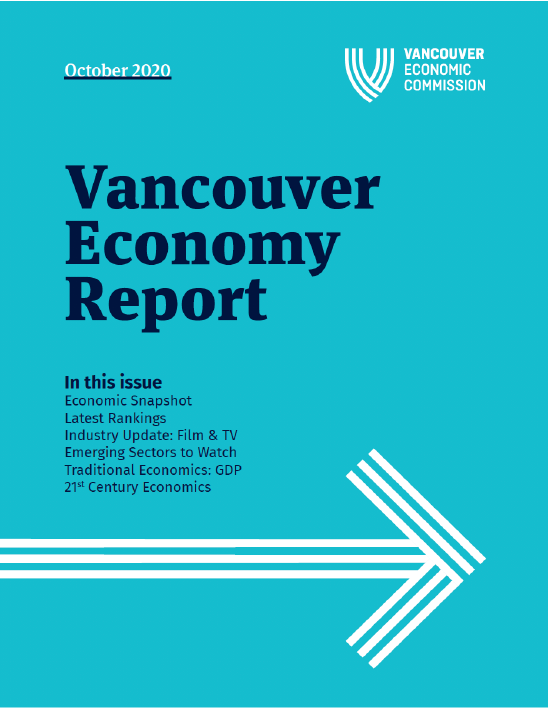“To get a sense for how unhinged our economy is from the real world, consider the fact that pollinators, earthworms, rainforests, clean air, parenting, friendship, sleep and solidarity are considered to be literally valueless according to our dominant metric of economic success.”
Jason Hickel, economic anthropologist
= C + G + I + NX
Where
C = consumption; G = government spending;
I = Investment; and NX = net exports.
Income Approach GDP
= TNI + Sales Taxes + Depreciation + NFFI
Where
TNI = Total national income;
NFFI = Net foreign factor income.
Source(s): Statistics Canada; Investopedia
What is GDP?
Gross domestic product (GDP) is the total value of the goods and services produced in the economic territory of a country or region during any given period. GDP can be measured in three ways: the production approach, the income approach, and the expenditure approach. Statistics Canada applies the income and expenditure approaches to calculate annual and quarterly GDP and uses the production approach to calculate monthly GDP data.
What are the drawbacks of GDP as a metric?
GDP is fundamentally flawed as metric of wellbeing; even Simon Kuznets, the economist often credited as being instrumental to laying the groundwork for its widespread use today, warned as much.
GDP has a key advantage in its widespread use, which helps with benchmarking and comparisons across regional and national boundaries. However, Jason Hickel vividly distils GDP’s greatest disadvantages despite its widespread use as an economic indicator: GDP is limited in its ability to capture or measure many processes or functions valuable to a stable and thriving economy, such as volunteer work, the household economy, or the contributions of natural environmental systems. Additionally, harmful phenomena – such as post-natural disaster rebuilding, oil spill cleanups or wars – could result in positive GDP gains.
There used to be a stronger correlation between GDP and economic health. However, with wealth increasingly concentrated into the hands of the top 1%, and the way this trend has exacerbated income inequality, even positive GDP trends have become more and more decoupled from economic prosperity.
What could replace or enhance GDP as a metric?
Many attempts have been made by leading economists and economic development entities to replace GDP with more intelligent metrics that reflect wellbeing in a population, along with contemporary social and environmental needs. Sadly, none have resulted in widespread adoption – yet.
VEC is in conversation with the OECD (Organisation for Economic Co-operation and Development) and other C40 Cities working with Kate Raworth – pioneer of Doughnut Economics – in pursuit of developing a better index for cities that better represents the necessary balancing act of designing and nurturing a healthy, inclusive and prosperous economy.
We look forward to sharing more about this work soon.
Read more about better metrics
- OECD – Better Life Index
- World Economic Forum – Inclusive Development Index
- New Zealand Project – The Happiness Index
- Iceland – Indicators of Measuring Well-being
- Doughnut Economics
This is the first piece in our “Traditional Economics Explained” series and was first published in our new Vancouver Economy Report. Our next issue is out in February, so be sure to to subscribe to follow our take on traditional economics and 21st economic forces alike.
Never miss an issue. Next release coming February 2021
If you would like to notified when the next edition is published, sign up to our economy report email list.




